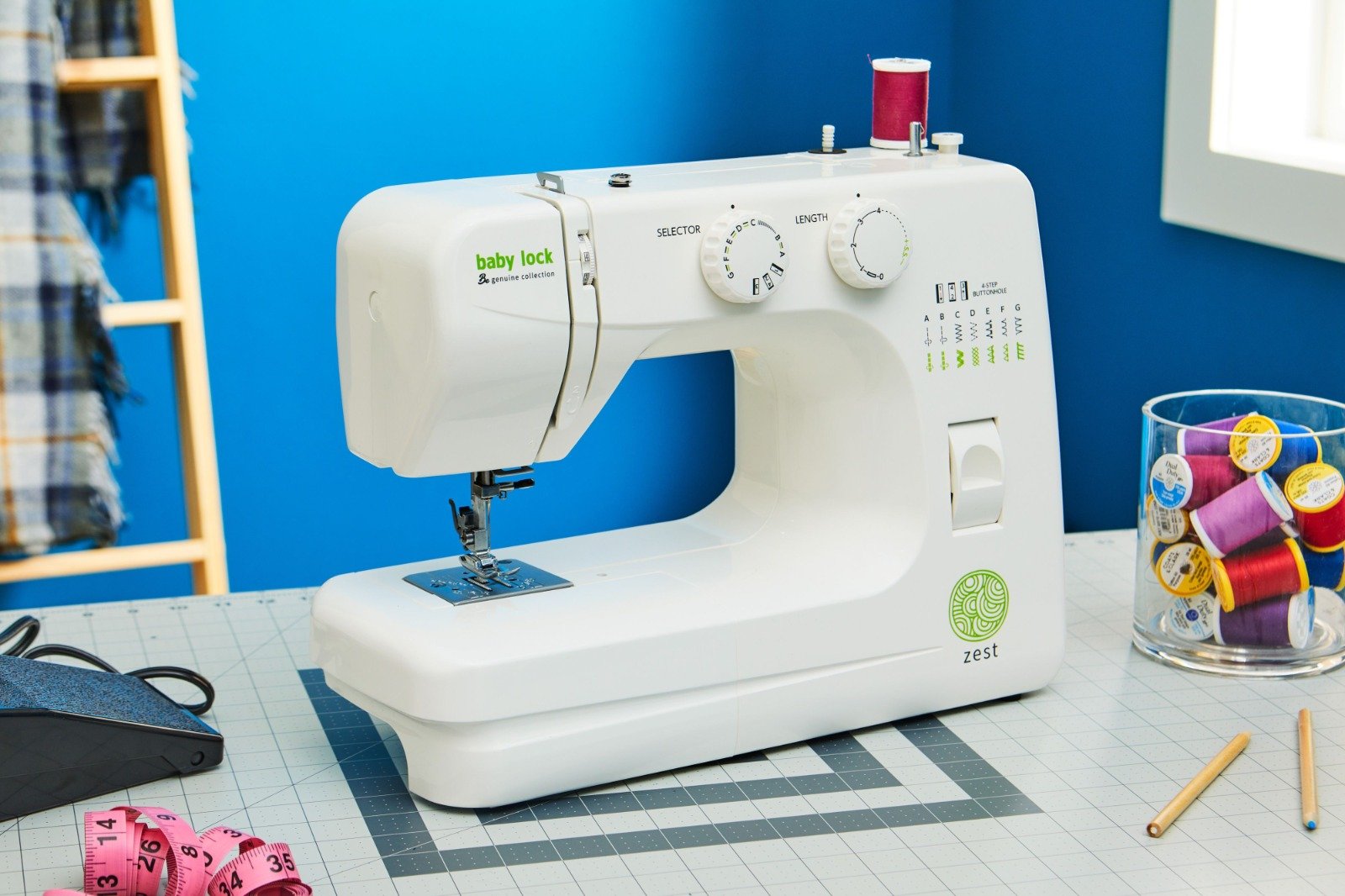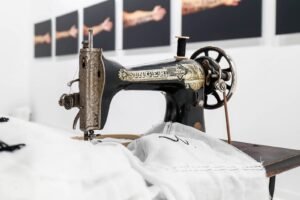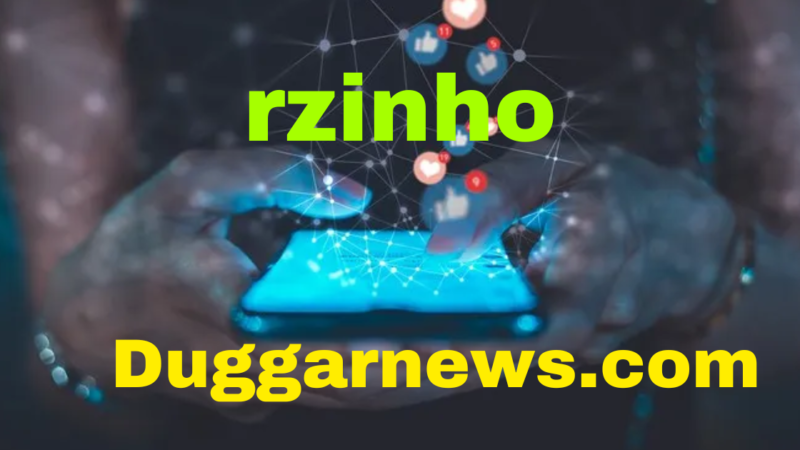Sewing Machines: The Transition from Manual Operations to Highly Computed Precision

As sewing machines make the trip from the manual devices operated by hand cranks to electronic power, they have come a long way. The process of the evolution of sewing machines roughly follows human progress in terms of technology, from the industrial revolution up to the digital age. Now, sewing machines are more technically advanced and utilize many features, which range from computerized precision to user-friendliness that make sewing even more productive than ever.
The Early Days: Wheels and Cranks and Mechanical Innovations
The development of sewing machines traces back to the late 18th century where the first crude tools were invented in an effort to replace (or automate) hand stitching through the use of a mechanical device. These initial machines relied on hand cranks for their power and hence required people to manually extend power to operate them. However, they were a considerable improvement over the hand-sewn technique, but they were still very slow and they could not process tasks that were demanding.
During the 19th Century, mechanical engineering brought about the era of mechanized sewing machines. Inventions of Elias Howe and Isaac Singer were patented. These designs came up with features like the lockstitch and the foot pedal control. These innovations were the foundation of the industrial revolution that enabled the clothes and other sewn clothes to be produced more quickly.
The Industrial Revolution: Mass Production and Technological Innovation
The industrial revolution of the sewing machine industry was a milestone in the history of sewing machines. Factories in turn industrialized the production of sewing machines, making these more affordable and accessible to the final consumers. As the demand for sewn goods grew, the manufacturers competed to make their machines better, and thus some improvements were made in the machines, for example there were some machines that can automatically tense their thread and machines that can adjust the stitch length.
The industrial era also saw the increased use of sewing machines as an important instrument that was found in fashion factories worldwide. They were instrumental in the bulk manufacture of apparel, textiles and other staples that spurred economic growth and urbanization. Nevertheless, it was the sewing machines that were widely accepted and used by industries but still seemed to be expensive and difficult to run for individual domestic use.
The Rise of Home Sewing: Domestication and the Current Scenario
The 1940s and the 1950s marked the beginning of a sewing boom in the homes of many families. Sewing machine prices fell and they became more user-friendly as a result of these innovations like electric motors and portability. Companies including Singer, Brother, and Janome came up with home-orientated models which could be used practically by people of all skill levels and for purposes at different levels of difficulty.
The post-war home sewing came alive, stemming from the need for self-reliance and artistic expression. Sewing machines have gained popularity world-wide and are now found everywhere helping people to make their own clothes, home furnishings and crafts. Sewing patterns, magazines, and classes were all over, which allowed sewers to access the ideas and support they needed.
The Digital Revolution: Digital Accuracy and Machine Automation
The late 20th and early 21st centuries brought another wave of innovation to the world of sewing machines: smartification. The development of electronics and programming came by which led to the production of computerized sewing machines that offered unforeseen precision, versatility, and computerization.
Computerized sewing machines have microprocessors and sensors that monitor a variety of tasks, such as the type of stitch, tension, and have abilities even for embroidery. They come with LCD screens with touch interfaces that allow users to edit personal settings and offer a built-in wide collection of stitches and patterns. Some models are compatible with a computer or mobile devices to provide additional features or software updates.
The Future of Sewing Machines: Integration and Communication are the keys.
Now, with technology becoming more and more advanced, sewing machines will be more and more connected and unified. IoT acronym stands for the internet of things. Their use in textile machine combined with artificial intelligence will allow us to create revolutionary ways in sewing. Those devices will analyze shopping habits and likes, suggesting customized offers and support.
Additionally, the innovations in material science and robotics could improve the fabrication of new types of sewing machines which can manage non-typical fabrics and patterns with much more ease. The additive manufacturing techniques such as 3D printing can as well be used in the installation of sewing machine components and accessories.
In summary, the convolution of hand cranks to computerized precision in textile machines tells a fascinating tale of innovativeness and advancements. These multifaceted devices have revolutionized the way we work with materials, thus giving people and industries the power to create and communicate. As technology will keep on developing, sewing machines will definitely be used universally for prospective generations.








